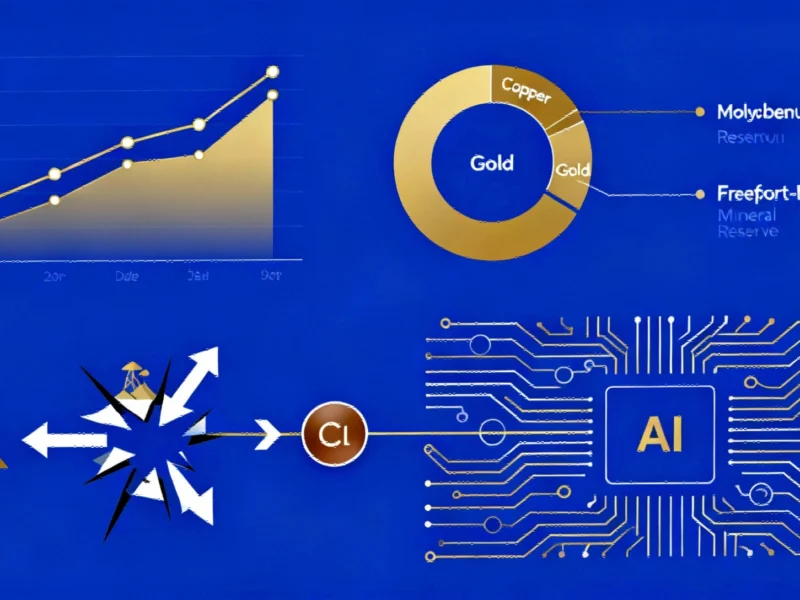Third Consecutive Weekly Decline for Oil Futures
Crude oil markets posted their third straight weekly loss as renewed U.S.-China trade tensions and growing oversupply concerns pushed prices to multi-month lows. While prices stabilized somewhat at week’s end following President Trump’s announcement of planned talks with China’s Xi Jinping, both West Texas Intermediate (WTI) and Brent crude finished the week down 2.3%. This persistent weakness in energy markets comes amid broader market trends affecting multiple industrial sectors.
Geopolitical Factors Driving Market Volatility
The oil markets faced significant headwinds from multiple geopolitical directions. Renewed trade tensions between the United States and China raised concerns about global economic growth and energy demand. Meanwhile, President Trump’s planned meeting with Russian President Vladimir Putin created speculation about potential easing of sanctions on Russian oil, which could further increase global supply. These developments highlight how oil markets continue to face pressure from both demand and supply-side factors.
Fundamental Market Pressures Intensify
Beyond geopolitical concerns, fundamental market indicators painted a bearish picture. The United States reported a third consecutive weekly crude stock build amid record-high domestic production and declining refinery utilization rates. This inventory trend followed the International Energy Agency’s sobering outlook predicting oversupply conditions extending into 2026. As Frank Walbaum of Naga noted, “Adding to the uncertainty, an upcoming meeting between President Trump and President Putin is creating speculation about the potential for eased sanctions on Russia, which could further increase global oil supply.” These market dynamics coincide with significant industry developments in the technology sector that could impact energy consumption patterns.
Industrial Computing Implications
The energy market volatility has significant implications for the industrial computing sector, particularly for companies involved in energy management systems, industrial automation, and process control. Fluctuating oil prices affect operational costs for manufacturing facilities and data centers, while also influencing investment decisions in energy-efficient technologies. Current market conditions may accelerate adoption of recent technology solutions aimed at optimizing energy consumption in industrial settings.
Broader Economic Context
The oil market developments occur against a backdrop of evolving global economic relationships and regulatory frameworks. Recent related innovations in financial compliance technology highlight the increasing complexity of international trade relationships. Meanwhile, the entertainment sector continues to demonstrate how market trends in digital content creation intersect with broader economic patterns.
Market Outlook and Strategic Considerations
As oil markets navigate these complex crosscurrents, industrial computing companies should monitor several key factors:
- Supply dynamics: Potential changes to Russian sanctions and continued U.S. production growth
- Demand signals: Resolution of U.S.-China trade tensions and global economic growth indicators
- Technology adoption: Opportunities for energy management and optimization solutions
- Regulatory environment: Evolving policies affecting both energy and technology sectors
The coming weeks will be critical for determining whether the current stabilization represents a temporary pause or the beginning of a more sustained recovery in energy markets.
This article aggregates information from publicly available sources. All trademarks and copyrights belong to their respective owners.
Note: Featured image is for illustrative purposes only and does not represent any specific product, service, or entity mentioned in this article.



